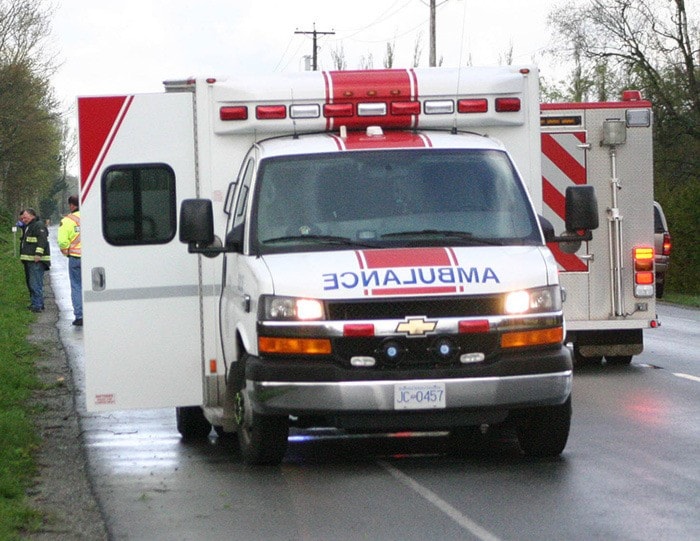The provincial government is adding eight ambulances, including two in Abbotsford, and 34 new paramedics into the Lower Mainland.
It’s a move that should benefit Mission residents, according to Mayor Randy Hawes
He said the new additions – which are part of the major reforms promised by the B.C. government to improve substandard emergency response times – are “good news for Mission.”
“Putting more ambulances into the Lower Mainland, including Abbotsford, means the chances of our ambulances getting called out of this area are reduced,” said Hawes.
The opposite is also true.
“If we need extra ambulances, and they’re in Abbotsford, it doesn’t take them that long to get over here. So that’s a good thing,” added Hawes.
Long ambulance wait times are nothing new in Mission. In April of 2015, council met with representatives from BC Emergency Health Services (BCEHS) executives and the Ambulance Paramedics of B.C. (APBC) union to discuss ambulatory services and wait times of up to 30 minutes and longer.
Hawes said the provincial government has taken a “step in the right direction” to begin addressing these issues. But he said an even larger problem to solve is the amount of time an ambulance is tied up at the hospital.
The new action plan unveiled by B.C. Emergency Health Services addressed that issue, stating the top reform priority is to reduce how long paramedics wait in hospital emergency departments to hand over incoming patients so they can get back on the road. Fraser Health hospitals are expected to be at the forefront of making the necessary ER reforms.
The plan also calls for big changes to how minor emergency calls are handled – more on-the-spot treatment by paramedics or even medical advice by phone is likely rather than the standard practice of an ambulance ride to hospital.
“There are still too many patients waiting too long for an ambulance who need one and there are too many patients receiving an ambulance and a transport to an ED (emergency department) that don’t require it,” said BCEHS executive vice-president Linda Lupini.
Accompanying the plan is an independent review that found it takes an average of 10 minutes and 24 seconds for ambulances to reach life-threatening calls in the Lower Mainland and Greater Victoria.
A new target of under nine minutes for 75 per cent of those critical calls is being adopted, in line with international standards.
- With files from Jeff Nagel
